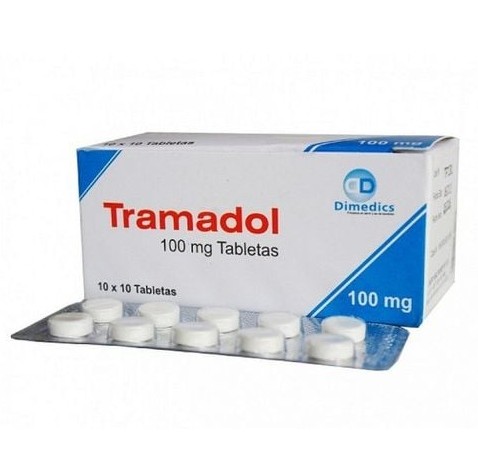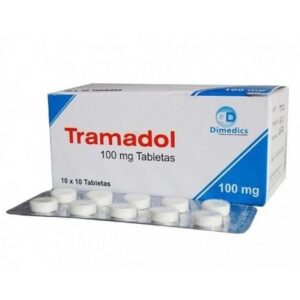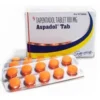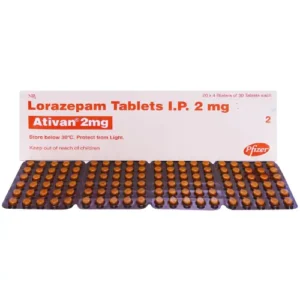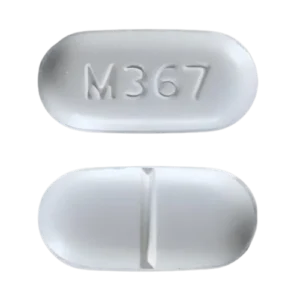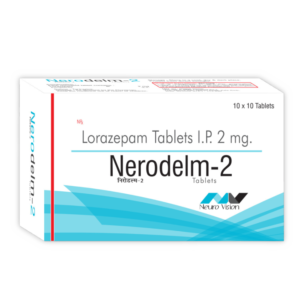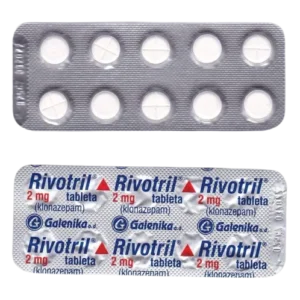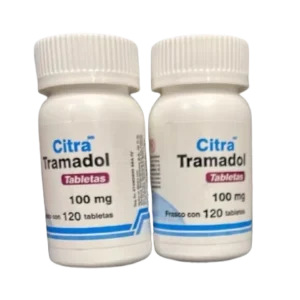Tramadol 100mg (Ultram): A Complete Guide to Use, Benefits, and Safety
Tramadol 100mg, commonly known as Ultram, is a prescription medication that is often used to manage moderate to severe pain. This painkiller falls under the opioid analgesic category and works by changing how the brain and nervous system respond to pain. If you’ve been prescribed Tramadol, it’s important to understand how it works, its uses, potential side effects, and any precautions to ensure safe usage.
What Is Tramadol 100mg?
Tramadol 100mg (Ultram) is a strong pain reliever prescribed for both acute and chronic pain conditions. It is widely used to treat conditions such as arthritis, back pain, and post-surgery pain. The medication works by altering how your brain processes pain signals, offering relief from discomfort.
How Does Tramadol 100mg Work?
Tramadol works by interacting with the brain’s opioid receptors. These receptors are responsible for blocking pain signals from reaching the brain, providing relief. Additionally, Tramadol increases the levels of certain neurotransmitters, like serotonin and norepinephrine, which help regulate pain perception and mood.
Unlike stronger opioids, Tramadol is considered less likely to cause addiction, but it still requires careful use and monitoring, especially in patients with a history of substance use disorders.
Common Uses of Tramadol 100mg
Tramadol 100mg is used to treat moderate to severe pain. Some common uses include:
-
Chronic Pain Relief: Individuals with conditions like osteoarthritis or fibromyalgia may find Tramadol effective in managing ongoing pain.
-
Post-Surgery Pain: After undergoing surgery, Tramadol can help control the discomfort associated with healing.
-
Acute Pain Relief: It is also prescribed for short-term pain caused by injury or accident.
How to Take Tramadol 100mg Safely
To get the most benefit from Tramadol, take it exactly as prescribed by your doctor. Generally, Tramadol is taken in tablet form, and the 100mg dosage is often taken every 4 to 6 hours, depending on your pain level. For the extended-release form, it’s essential not to crush or break the tablet, as this could release too much of the drug at once.
Take Tramadol with a full glass of water to help the body absorb it. If you miss a dose, take it as soon as possible unless it’s almost time for your next dose. Never double up on doses to make up for a missed one.
Potential Side Effects of Tramadol 100mg
While Tramadol is generally well-tolerated, like any medication, it can cause side effects. Some common side effects include:
-
Drowsiness or Fatigue: You may feel sleepy or tired while on Tramadol, especially during the first few days of use.
-
Nausea and Vomiting: Some people experience stomach discomfort, including nausea or vomiting.
-
Headache: A mild headache can occur as a side effect.
-
Constipation: As with most painkillers, Tramadol can cause constipation, so be sure to stay hydrated and maintain a balanced diet.
These side effects are usually temporary and can improve as your body adjusts to the medication. If they continue or worsen, consult your doctor.
There are more serious side effects that require immediate attention, such as:
-
Seizures: Tramadol can increase the risk of seizures, especially if taken in large doses or combined with other medications.
-
Serotonin Syndrome: This occurs when there’s too much serotonin in the brain, leading to symptoms like agitation, rapid heart rate, and muscle stiffness. Seek help immediately if you notice these symptoms.
-
Breathing Problems: In rare cases, Tramadol can cause slow or shallow breathing, which is a potentially life-threatening issue.
Safety Precautions and Warnings
Before using Tramadol, discuss your medical history with your doctor. It is particularly important to mention if you have:
-
Seizure Disorders: Tramadol can lower the seizure threshold, so those with a history of seizures should be cautious.
-
Liver or Kidney Problems: If your liver or kidneys aren’t functioning well, Tramadol may not be safe for you.
-
Breathing Issues: People with conditions like asthma or COPD should avoid Tramadol as it may cause respiratory issues.
-
Drug or Alcohol Addiction: Since Tramadol is an opioid, it carries a risk of misuse, dependence, and addiction.
If you have any of these conditions, your doctor may adjust your dosage or recommend alternative treatments.
Drug Interactions with Tramadol
Tramadol can interact with other medications, which could lead to dangerous side effects. Always inform your doctor about all medications you are taking, including over-the-counter drugs, vitamins, and herbal supplements. Some common interactions include:
-
Antidepressants: Taking Tramadol with certain antidepressants can increase the risk of serotonin syndrome, a serious condition caused by too much serotonin in the brain.
-
Other CNS Depressants: Combining Tramadol with other central nervous system depressants, such as benzodiazepines or alcohol, can increase drowsiness and slow down breathing.
-
Blood Thinners: Tramadol may increase the effects of blood thinners like warfarin, increasing the risk of bleeding.
Dependence and Misuse
Tramadol, while less addictive than other opioids, still has a potential for misuse. It’s crucial to follow the prescribed dosage exactly and avoid taking more than the recommended amount. Taking Tramadol for long periods can lead to physical dependence, meaning you may experience withdrawal symptoms when stopping the medication.
If you’ve been using Tramadol for an extended period, consult your doctor before stopping it to avoid withdrawal symptoms. It’s important to gradually reduce the dose if discontinuing the medication.
Overdose and What to Do
If someone overdoses on Tramadol, they may experience symptoms like extreme drowsiness, slow breathing, and loss of consciousness. If you suspect an overdose, seek emergency medical attention right away. In some cases, naloxone may be used to reverse the effects of the overdose.
Conclusion
Tramadol 100mg (Ultram) is an effective medication for managing moderate to severe pain. While it can provide significant relief, it’s essential to take it safely and under the supervision of a healthcare provider. Be aware of the potential side effects, interactions, and risks associated with this medication.
Always follow your doctor’s instructions, and never hesitate to ask questions about the use of Tramadol if you’re unsure about anything. Whether you’re using it for chronic pain or recovering from surgery, knowing how to take Tramadol responsibly will help ensure your treatment is both safe and effective.

